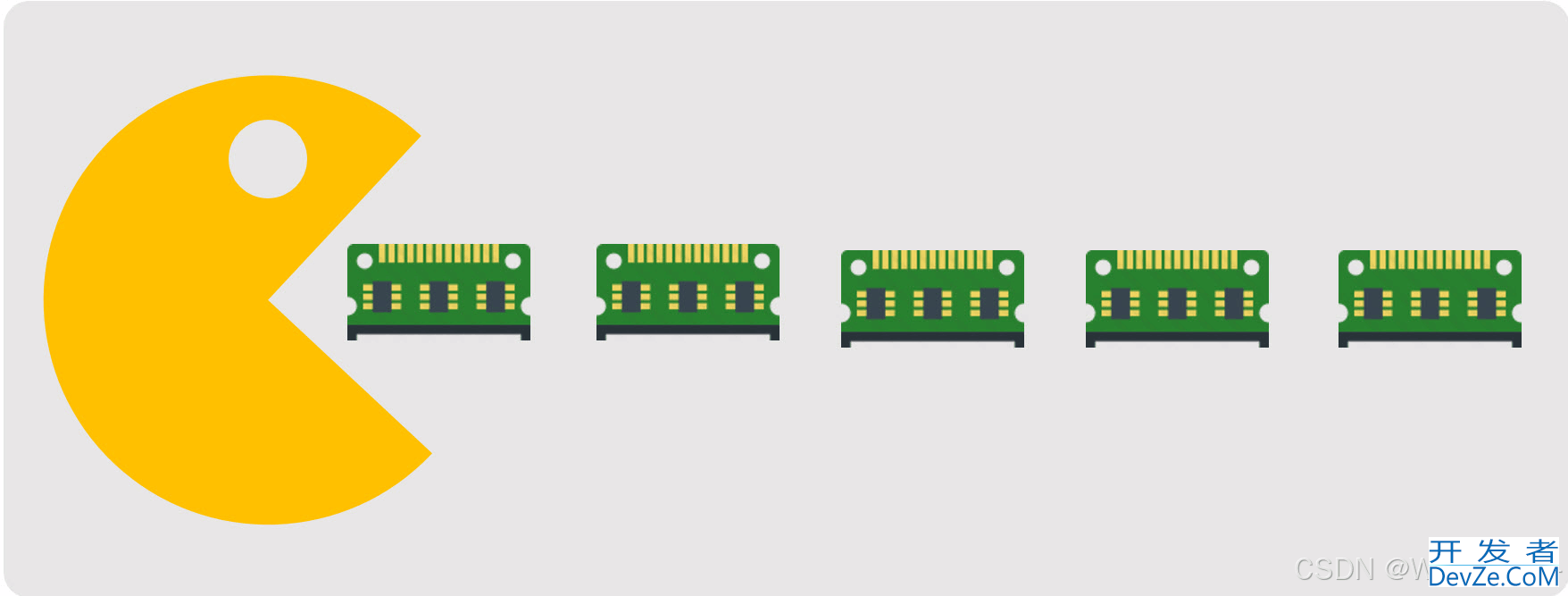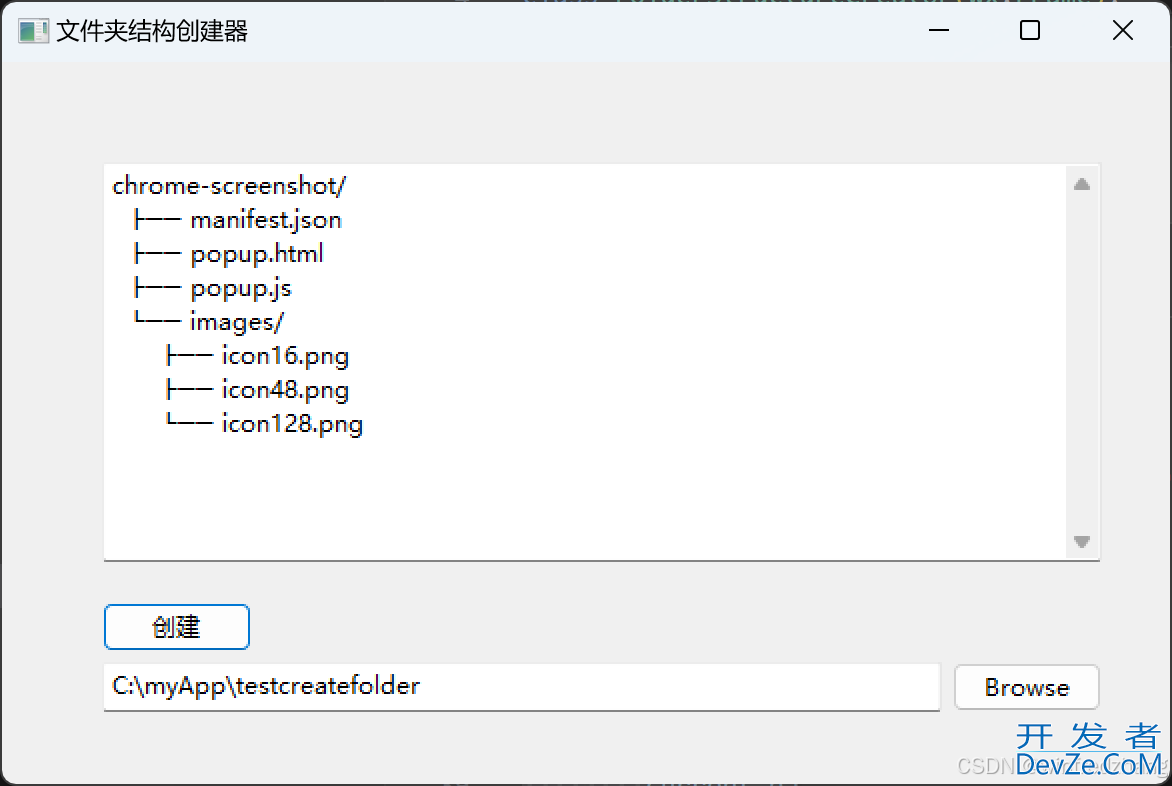目录
- Spring Task 定时任务
- pom 包配置
- 启动类开启定时
- 创建定时任务实现类
- 参数说明
- 并行任务
- 总结
Spring Task 定时任务
在项目开发中,经常需要定时任务来帮助我们来做一些内容,比如定时派息、跑批对账、业务监控等。
实现定时任务有 3 种方式:
- Java 自带的 API:java.util.Timer 类和 java.util.TimerTask 类;
- Quartz 框架:开源 功能强大 使用起来稍显复杂;
- Spring 3.0 以后自带了 task 调度工具,也称 Spring Task,它比 Quartz 更加的简单方便。
pom 包配置
pom 包里面只需要引入 SpringBoot Starter 包即可,SpringBoot Starter 包中已经内置了定时的方法。
<dependency> <groupId>org.springframework.boot</groupId> &phplt;artifactId>spring-boot-starter</artijsfactId> </dependency>
启动类开启定时
在启动类上面加上 @EnableScheduling 即可开启定时:
@SpringBootApplication
@EnableScheduling
public class Application {
public static void main(String[] args) {
SpringApplication.run(Application.class, args);
}
}
创建定时任务实现类
使用 SpringBoot 自带的定时非常的简单,只需要在方法上面添加 @Scheduled 注解即可。
定时任务 1:
@Component
public class SchedulerTask {
private static final Logger log = LoggerFactory.getLogger(SchedulerTask.class);
private int count = 0;
@Scheduled(cron="*/6 * * * * ?")
private void process() {
log.info("{}", "this is scheduler task running " + (count++));
}
}
设置 process() 每隔六秒执行一次,并统计执行的次数。
我们还有另外的一种方案来设置,固定时间周期执行方法。
定时任务 2:
@Component
public class Scheduler2Task {
private static ctCdVfinal Logger log = LoggerFactory.getLogger(Scheduler2Task.class);
private static final SimpleDateFormat dateFormat = new SimpleDateFormat("HH:mm:ss");
@Scheduled(fixedRate = 6000)
public void reportCurrentTime() {
log.info("{}", "现在时间:" + dateFormat.format(new Date()));
}
}
启动项目之后,就会在控制台看到打印的结果。
结果如下:
INFO [ scheduling-1] com.example.timingtask.Scheduler2Task : 现在时间:20:12:02
INFO [ scheduling-1] com.example.timingtask.SchedulerTask : this is scheduler task running 0INFO [ scheduling-1] com.example.timingtask.Scheduler2Task : 现在时间:20:12:08INFO [ scheduling-1] com.example.timingtask.SchedulerTask : this is scheduler task running 1INFO [ scheduling-1] com.example.timingtask.Scheduler2Task : 现在时间:20:12:14INFO [ scheduling-1] com.example.timingtask.SchedulerTask : this is scheduler task running 2
说明两个方法都按照固定 6 秒的频率来执行。
参数说明
@Scheduled 参数可以接受两种定时的设置
- 一种是我们常用的
cron="*/6 * * * * ?" - 一种是
fixedRate = 6000
两种都可表示固定周期执行定时任务。
fixedRate 说明:
- @Scheduled(fixedRate = 6000) : 上一次开始执行时间点之后 6 秒再执行。
- @Scheduled(fixedDelay = 6000) : 上一次执行完毕时间点之后 6 秒再执行。
- @Scheduled(initialDelay=1000, fixedRate=6000) : 第一次延迟 1 秒后执行,之后按 fixedRate 的规则每 6 秒执行一次。
cron 说明:
- 用来配置定时任务的时间表达式,通常用于在Unix/linux系统中设置定时任务。
- 在Java应用程序中,Cron表达式也被广泛使用,比如在Quartz调度框架中用来配置定时任务的触发时间。
- Cron表达式由7个字段组成,分别表示秒、分钟、小时、日期、月份、星期和年(可选)。
- 每个字段可以包含多个取值,以逗号分隔,或者可以使用通配符和范围来表示时间。
以下是Cron表达式的基本格式:
plaintext 秒 分 时 日 月 星期 年 其中,各字段的取值范围如下:
- 秒(0-59)、分钟(0-59)、小时(0-23)、日期(1-31)、月份(1-12或者 JAN-DEC) 星期(0-7或者 SUN-SAT,0和7都代表星期日)、年(可选,留空表示每年)。
以下是一些常见的Cron表达式示例:
0 0 12 * * ?:每天中午12点触发0 0/5 * * * ?:每隔5分钟触发0 0 8-10 * * ?:每天上午8点至10点之间每小时触发0 0 6,18 * * ?:每天早上6点和晚上6点触发0 0 9 ? * MON-FRI:周一至周五的早上9点触发
并行任务
了解:
之前的的定时任务都是串行执行的。所谓串行执行指的是只由一个线程来执行任务。
除了这种方式 Spring Task 还支持并行执行任务,即由多个线程来执行不同的任务。
要实现这样的功能,你需要去进行额外的配置:
@Configuration
@EnableScheduling
public class TimingTaskConfig implements SchedulingConfigurer, AsyncConfigurer {
// 线程池线程数量
private static final int corePoolSize = 5;
@Bean
public ThreadPoolTaskScheduler taskScheduler() {
ThreadPoolTaskScheduler scheduler = new ThreadPoolTaskScheduler();
scheduler.initialize(); // 初始化线程池
scheduler.setPoolSize(corePoolSize); // 线程池容量
return scheduler;
}
@Override
public void configureTasks(ScheduledTaskRegistrar taskRegistrar) {
taskRegistrar.setTaskScheduler(taskSandroidcheduler());
}
@Override
public Executor getAsyncExecutor() {
return taskScheduler();
}
@Override
public AsyncUncaughtExceptionHandler getAsyncUncaughtExceptionHandler() {
return null;
}
}
注意,这时 @EnableScheduling 注解标注在了这个配置类上,因此,Spring Boot 的入口类上就不再需要标注它了。(当然,你硬要把它标注在入口类上其实也可以)。
其它的相关代码无需修改,运行项目你会看到类似如下的日志输出:
INFO [taskScheduler-1] com.example.timingtask.Scheduler2Task : 现在时间:20:08:57
INFO [taskScheduler-1] com.example.timingtask.SchedulerTask : this is scheduler task running 0INFO [taskScheduler-2] com.example.timingtask.Scheduler2Task : 现在时间:20:09:03INFO [taskScheduler-3] com.example.timingtask.SchedulerTask : this is scheduler task running 1INFO [taskSchedulerphp-1] com.example.timingtask.Scheduler2Task : 现在时间:20:09:09INFO [taskScheduler-4] com.example.timingtask.SchedulerTask : this is scheduler task running 2
总结
以上为个人经验,希望能给大家一个参考,也希望大家多多支持编程客栈(www.devze.com)。









 加载中,请稍侯......
加载中,请稍侯......
精彩评论